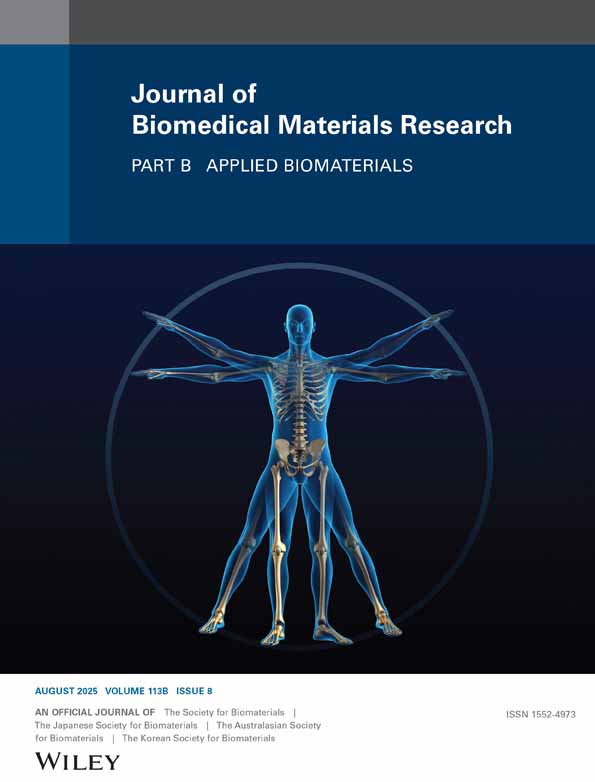Properties and in vitro evaluation of high modulus biodegradable polyurethanes for applications in cardiovascular stents
Abstract
This study examined the suitability of a family of biodegradable polyurethanes (PUs) NovoSorbTM developed for the vascular stent application. These segmented PUs are formulated to be biodegradable using degradable polyester and PU blocks. A series of PUs comprising different hard segment weight percentage ranging from 60 to 100 were investigated. The mechanical properties of the PUs were evaluated before and after gamma sterilization to assess their suitability for vascular implants. The real-time (PBS/37°C/pH 7.4) hydrolytic degradation studies were carried out under sterile conditions and PU glass transition temperature, molecular weight, and mass loss at 3, 6, and 9 months were determined. The viability and growth of Human Umbilical Vein Endothelial Cells (HUVEC) on PU surfaces were determined to assess the effect of PU degradation. The effect of coating of extracellular matrix (ECM) components on cell viability was also investigated. The study showed that the PUs possess excellent mechanical properties exhibiting high tensile strength (41–56 MPa) and tensile modulus (897–1496 MPa). The PU films maintained mechanical strength during the early phase of the degradation but lost strength at latter stages. The unmodified polymer surface of each PU promotes endothelial cell growth and proliferation, with a HUVEC retention rate of >70%. © 2014 Wiley Periodicals, Inc. J Biomed Mater Res Part B: Appl Biomater, 102B: 1711–1719, 2014.




